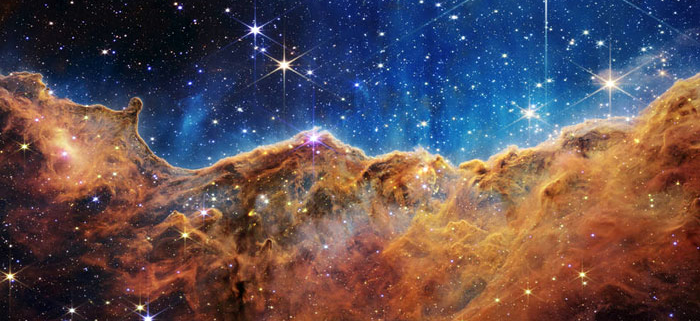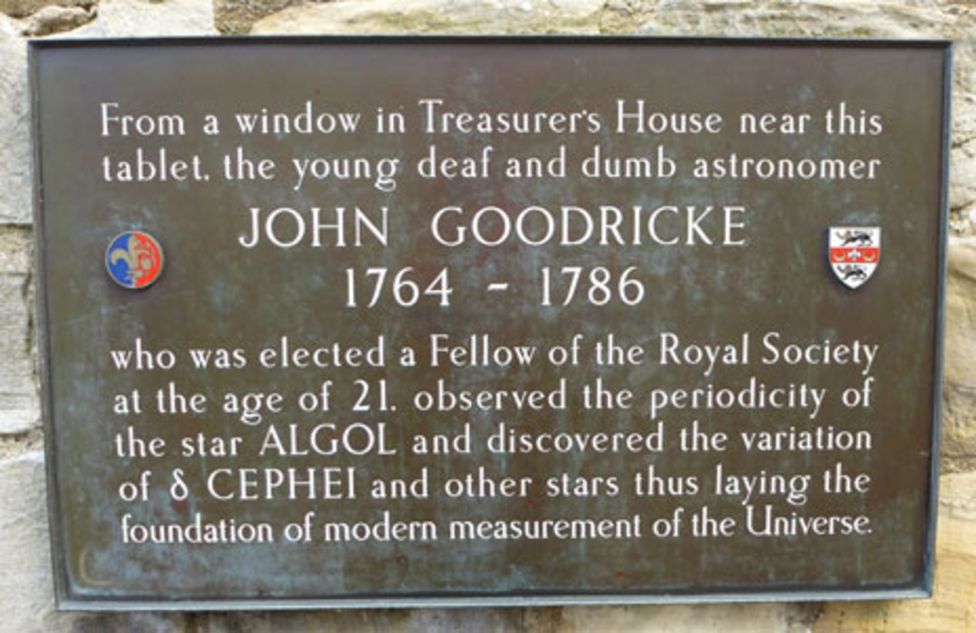50 new astronomy signs added to BSL as we discover more about the universe
Deafness affects everyone across all industries, careers and vocations. And while most people can communicate using sign language, what do you do if your career involves making discoveries that no sign exists for?
This is the problem for astronomers, with hundreds of new stars, planets and galaxies discovered every month.
Creating new signs for BSL
British Sign Language currently only has around 100 basic signs when it comes to astronomy. Astrophysicist Dr Olja Panic, from the University of Leeds, has teamed up with Sign experts to create 50 new ones to help those with hearing difficulties join the conversation.
“When it comes to astrophysics and other areas of science, the deaf community face considerable challenges because the language that would allow them to explore and discuss astrophysics is not there,” Dr Panic said.
“It is important that science is accessible, and the new signs will allow scientists like myself to give talks, lectures and workshops through which, with the help of a sign language interpreter, I could share my research.”
Standardising astronomy signs
In December 2017, to standardise the world’s different astronomical signs, the International Astronomical Union published the Encyclopaedic Dictionary of Astronomy for Sign Languages.
Derek Rowley is the coordinator for the British Deaf Astronomical Association and helped create the new signs.
“There are increasing numbers of deaf people who have either a professional or amateur interest in astronomy,” Derek said. “It is important that sign language develops so people can join in the important scientific discussions about the origins of the universe. Ensuring sign language keeps up with the advances in science will also ensure that deaf people can be part of the scientific research community. It will also excite people about the wonder of astronomy.”
John Goodricke
The name of John Goodricke is recognised today only by astronomers. Few details of his life and work are widely known beyond the facts that he was profoundly deaf and that he died at the young age of only 21.
Deaf from early childhood, Goodricke discovered and measured the variation of light from stars that would, in the 20th Century, enable astronomers to determine distances to distant galaxies, which led to several huge breakthroughs such as Edwin Hubble’s discovery that the universe is expanding.
Although he died young, he was already being recognised for his work, with the Royal Society of London awarded Goodricke the Copley Medal, its highest honour, at the age of 19. Even today he remains the youngest recipient of the award.
Goodricke became deaf in early childhood due to a severe illness thought to be scarlet fever. At the age of seven he went to study at Thomas Braidwood’s Academy for the Deaf and Dumb in Edinburgh, the first school for deaf children in the British Isles.
Goodricke’s seminal work in stellar astronomy proves that special education for those with disabilities can bring benefits to all.





Leave a Reply
Want to join the discussion?Feel free to contribute!